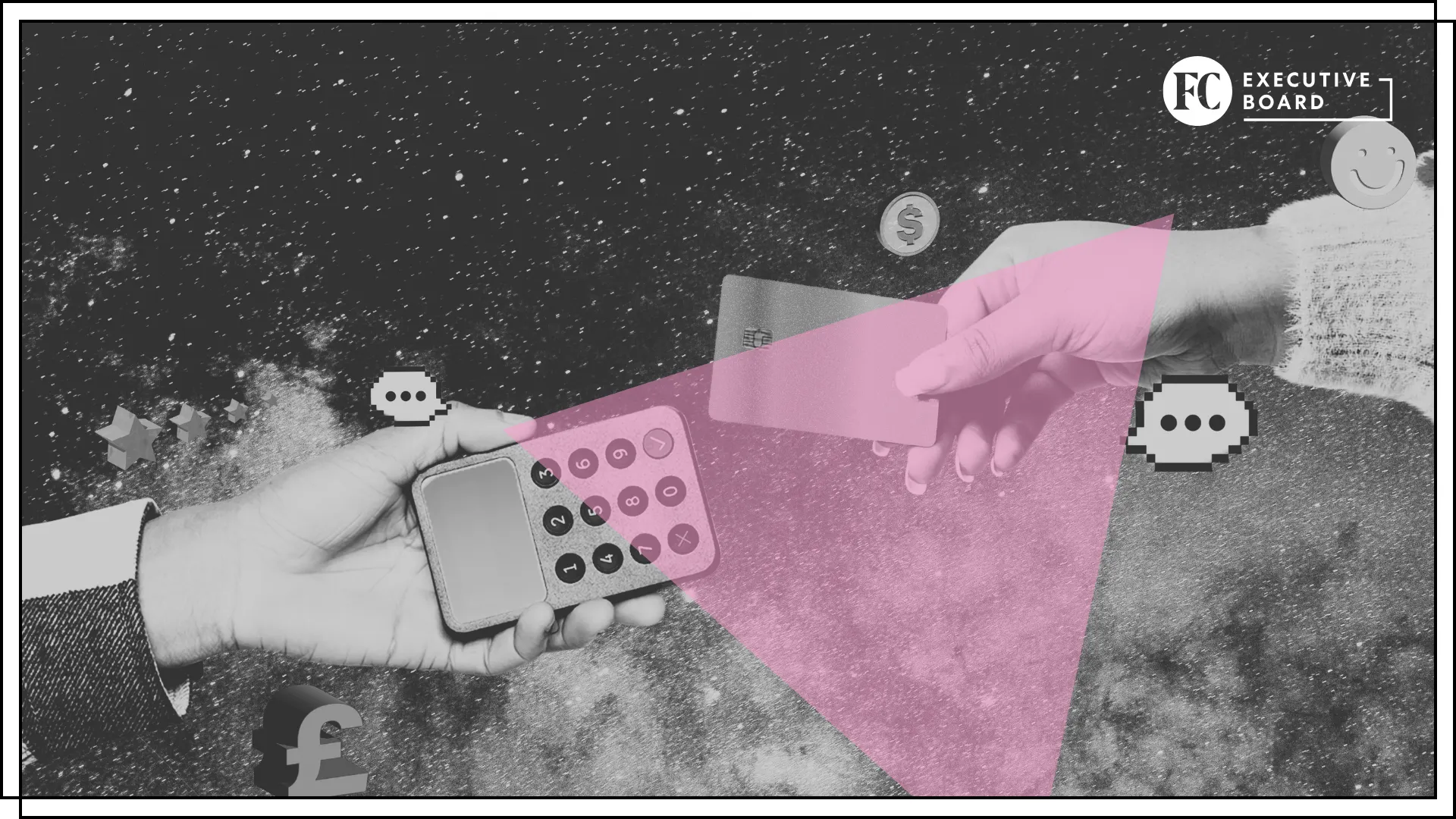
As we enter the second half of this decade, consumer behavior continues to shift rapidly. There are many factors at play from rising consumer costs to higher digital engagement to an increased demand for sustainably sourced products.
As leaders in the business formation space, we spend a lot of time chatting with business owners about their experiences. Here are four consumer shifts we’re seeing and how to best adapt.
1. Respect the “value-fluid” consumer
First, it’s important to understand that in 2025, consumers are deviating from predictable patterns. As inflation pressures mount, consumers aren’t necessarily cutting back across the board. Instead, they’re making category-specific adjustments—cutting back in one area while increasing spending in another. These trade-offs aren’t always what you might expect. For example, a consumer might opt for a budget grocery brand but opt for premium wellness products or tech upgrades.
In other words, consumers are still willing to splurge. In fact, one-third of consumers surveyed by McKinsey & Co. reported that they planned to spend less in one category in order to splurge on another—and 19% said they’d spend less in a “non-discretionary category” in order to splurge in a “more discretionary” one.
Subscribe to the Daily newsletter.Fast Company’s trending stories delivered to you every day
Privacy Policy
|
Fast Company Newsletters
How to adapt:
Despite rising costs, consumers are open to spending on nonessential products—if they connect with your brand’s story on a personal level. You need to be able to articulate why your product or service is worth a trade-down in another, perhaps more critical category. This will require compelling storytelling, clear value propositions, and maybe most crucially, customer reviews. You can (and should) take up as much space as possible online telling your brand’s story. When the message comes from someone else, it’s much more effective.
2. Convenience is a loyalty driver
While consumers have always valued convenience, modern consumers also expect instant gratification—and competition in this area is high. We’re finding that businesses that invest in user experience are coming out on top, and there’s plenty of data out there that backs this up. A recentPwC survey found that 43% of consumers would pay more for a more convenient purchasing experience. Speed, simplicity, and a frictionless experience will build trust and loyalty, while a clunky or confusing process will turn customers away.
How to adapt:
There’s often a gap between what consumers expect and what they experience, in regard to user experience. Want to build trust? Close that gap as much as possible—it’s worth the investment. Whether it’s a streamlined checkout, responsive customer service, or intuitive mobile design, convenience should be a major consideration for the service or product you’re bringing to market.
3. Human interaction remains crucial
Pandemic-era consumer practices are alive and well. It’s no secret that an overwhelming majority of consumers are shopping online regularly: 90% bought something from an online-only retailer in the previous month, according toMcKinsey & Co. As expectations for convenience grow, the demand for e-commerce isn’t going anywhere.
However, a demand for e-commerce does not necessarily equate to a desire for decreased human interaction. While there’s a massive push to use AI to streamline processes and improve user experience, we’re finding that businesses that implement it thoughtfully are seeing better results. People would rather interact with a person than a chatbot. Consumer interest in AI-driven tools is strikingly low, especially when it comes to jobs that were previously done by a human, according toEMARKETER. For example, 69% of consumers reported feeling “not at all interested” in AI-powered personal shopping assistants. So, while digital channels continue to dominate, consumers still value human interaction.
How to adapt
You can leverage AI without turning off your customers. Start by using AI for internal needs. For example, take advantage of AI-powered social media listening tools, which can give you powerful insights on what consumers are interested in and care about. But when you’re ready to talk to your customers, make sure to show your human side. As AI-generated content begins to flood the internet, authenticity and warmth can set your brand apart.
advertisement
4. Sustainability is top of mind
For a long time, consumers considered sustainability and ethical business practices preferable, but not necessary. In younger generations, this mindset is shifting. Both Gen Z and Millennial customers are seeking out brands with sustainable practices, and they’re willing to pay for it. While people of all ages value sustainability, Gen Z and Millennial consumers are 27% more likely to shop from a brand they believe “cares about its impact on people and the planet,” according to aHarvard Business Review survey. Experts predict that by the end of this decade, Gen Z and Millennials will have the most purchasing power of all age groups in the country.
How to adapt
Sustainability is good for business and good for the planet—if you’re actually practicing it. Greenwashing only leads to distrust. To reap any benefits, you’ll need to make real changes and tell a compelling story about making progress. Otherwise, you risk violating consumer trust and tarnishing your brand.
Final thoughts
Adapting to shifts in consumer behavior remains crucial for survival. In 2025, this means investing in a clean user experience, implementing AI thoughtfully, and embracing sustainability as a core business practice.
One thing remains the same: If you listen to your customers, you can’t go wrong.
Jon Garrison is CFO/Treasurer of Registered Agents Inc.



